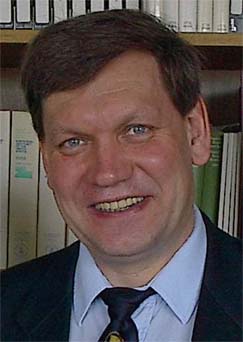Media Coverage of New Longevity Study
We are pleased to share with you the list of media coverage for our new longevity study "Season of Birth and Exceptional Longevity", organized in alphabetic order:
Autumn babies likelier to live to 100
BioScholar - July 14, 2012 - http://news.bioscholar.com/2012/07/autumn-babies-likelier-to-live-to-100.html
WebIndia 123 - July 14, 2012 - http://news.webindia123.com/news/Articles/Health/20120714/2023388.html
Yahoo! News India - http://in.news.yahoo.com/autumn-babies-likelier-live-100-081050254.html
Zee News - July 14, 2012 - http://zeenews.india.com/news/health/health-news/autumn-babies-likelier-to-live-to-100_17874.html
New Scientist (online) - Jul 12 - http://www.newscientist.com/article/dn22054-autumn-babies-more-likely-to-hit-100.html
New Scientist magazine (print), Issue number 2874, July 21, 2012, page 17 - http://www.newscientist.com/article/mg21528744.900-autumn-babies-more-likely-to-hit-100.html
Democratic Underground.com - http://www.democraticunderground.com/11424068
Autumn Babies More Likely To Live Up To 100 Years
MedIndia - July 14, 2012 - http://www.medindia.net/news/autumn-babies-more-likely-to-live-up-to-100-years-104077-1.htm
Daily Mail - Jul 13 - http://www.dailymail.co.uk/news/article-2173369/Autumn-babies-catch-cold-likely-live-100th-birthday.html
Fall babies more likely to still be standing at 100
Holy Kaw! - http://holykaw.alltop.com/fall-babies-more-likely-to-still-be-standing
Longevity Tied to Season of Birth
International Business Times - July 14, 2012 - http://www.ibtimes.co.uk/articles/363000/20120714/people-born-autumn-live-100-years.htm
Scripps Howard News Service - July 11 - http://www.scrippsnews.com/content/medical-research-reveals-secrets-longer-healthier-life
The Republic - July 11 - http://www.therepublic.com/view/story/medical-longlife/medical-longlife
People Born in Fall More Likely to Live to 100
YouTube (video) - http://www.youtube.com/watch?v=DcUmHBU4G2Y
DailyMotion (video) - http://www.dailymotion.com/video/xs7gmm_people-born-in-fall-more-likely-to-live-to-100
Aol News (video) - http://on.aol.com/video/study-finds-birth-month-can-affect-your-longevity-517415536
Non-English stories:
Herbstbabys werden eher 100 Jahre alt
ExtremNews - http://www.extremnews.com/nachrichten/gesundheit/120214004c621d1
«Осенние» дети живут дольше «весенних» - МТРК Мир
Люди, родившиеся осенью, - потенциальные долгожители - Med
Родившиеся осенью могут дожить до ста лет - Day.Az
Labels: Centenarians, Leonid Gavrilov, longevity, Media Coverage, month of birth, Natalia Gavrilova, Season of birth


